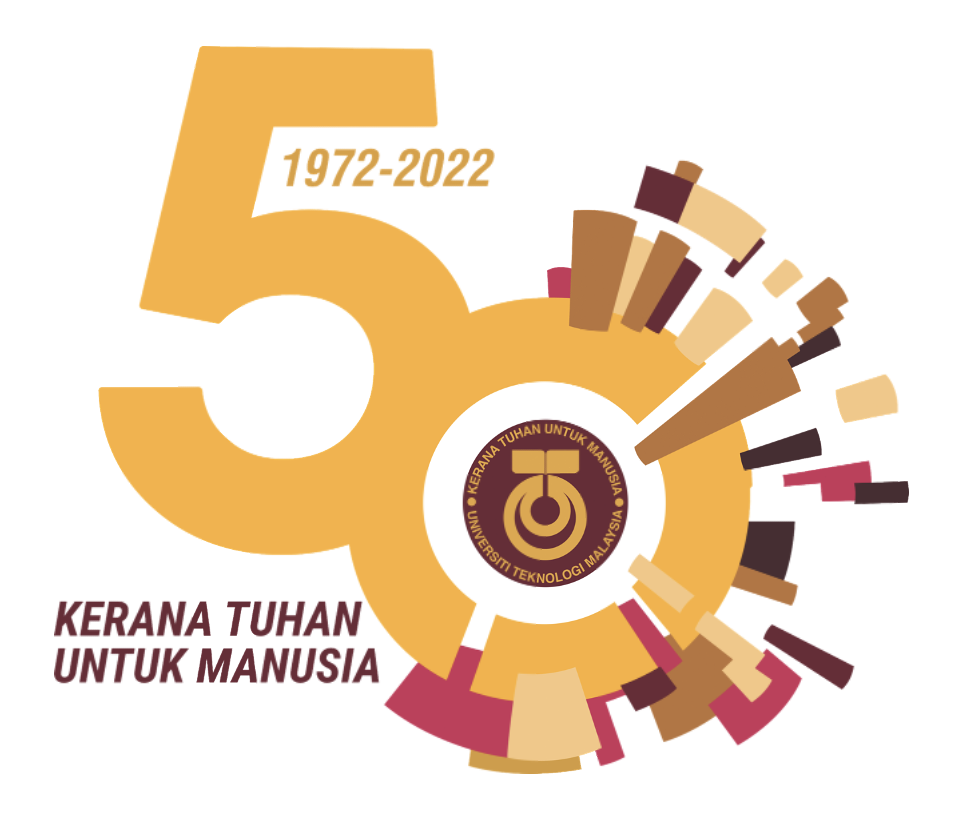A Bibliometric Analysis of Publications of Universiti Teknologi Malaysia
DOI:
https://doi.org/10.11113/mjfas.v18n1.2579Keywords:
bibliometric, Scopus publication, Universiti Teknologi Malaysia, research universityAbstract
This study analyses the scholarly publications of Universiti Teknologi Malaysia (UTM) in conjunction with 50 years of UTM establishment. A bibliometric analysis is performed to analyse the UTM’s publication and research trends over the 50 years, especially during the post-research university (RU) period, publications impacts, subject area expertise and publications performance in comparison to other RU. Based on the analysis, engineering and computer science are the most prominent fields among the research fields in UTM in terms of a number of publications and citations thus far. Among the top 10 fields in UTM, materials science, chemical engineering, energy and chemistry areas are seen to have a high potential to further excel in citation provided that the publication numbers of these fields are further increased. The publications output for some UTM fields can still be considered low despite having a reasonable number of authors and talents. UTM is the top university in the number of publications from 2015 till 2020 in four fields, namely engineering, computer science, materials science, and chemical engineering, compared to other RU.
References
Karno M, Shamsir S, Buntat Y, and Sharuddin N, A bibliometric analysis of the research output of Malaysia research universities scholarly publication indexed in Scopus from 2006 – 2015, 6th International Conferences on Libraries, Information and Society (ICOLIS 2016). 2016.
Suryani I, Yaacob A, Abd Aziz NH, Abd Rashid S, and Desa H. Research publication output by academicians in public and private universities in Malaysia. The Journal of Higher Education, 2013, 2, 84-90.
van Leeuwen TN, van Wijk E, and Wouters PF. Bibliometric analysis of output and impact based on CRIS data: a case study on the registered output of a Dutch university. Scientometrics, 2016, 106, 1-16.
Boukacem-Zeghmouri C, Bador P, Lafouge T, and Prost H. Relationships between consumption, publication and impact in French universities in a value perspective: A bibliometric analysis. 2016, 106, (1), 263-280.
Cancino CA, Merigó JM, and Coronado FC. A bibliometric analysis of leading universities in innovation research. Journal of Innovation & Knowledge, 2017, 2, (3), 106-124.
Khatun R, Xiang H, Yang Y, Wang J, and Yildiz G. Bibliometric analysis of research trends on the thermochemical conversion of plastics during 1990–2020. Journal of Cleaner Production, 2021, 317, 128373.
Shi J, Gao Y, Ming L, Yang K, Sun Y, Chen J, Shi S, Geng J, Li L, Wu J, and Tian J. A bibliometric analysis of global research output on network meta-analysis. BMC Medical Informatics and Decision Making, 2021, 21, (1), 144.
Meo SA, Usmani AM. Impact of R&D expenditures on research publications, patents and high-tech exports among European countries. European Review for Medical and Pharmacological Sciences, 2014, 18 1, 1-9.
Zeb A, Liu W, Wu J, Lian J, and Lian Y. Knowledge domain and emerging trends in nanoparticles and plants interaction research: A scientometric analysis. NanoImpact, 2021, 21, 100278.
Zhang JZ, Srivastava PR, Sharma D, and Eachempati P. Big data analytics and machine learning: A retrospective overview and bibliometric analysis. Expert Systems with Applications, 2021, 184, 115561.
Malaysian Science and Technology Information Centre (MASTIC). Malaysian Research and Development Classification System (6th Edition), 6th ed. Ministry of Science, Technology and Innovation (MOSTI), 2011.
Ming HW, Hui ZF, and Yuh SH. Comparison of universities’ scientific performance using bibliometric indicators. Malaysian Journal of Library & Information Science, 2011, 16, (2), 1-19.
Simko I. Analysis of bibliometric indicators to determine citation bias. Palgrave Communications, 2015, 1, (1), 15011.

Downloads
Additional Files
Published
Issue
Section
License
Copyright (c) 2022 Abdul Hakim Md Yusop, Teong Han Chew, Fadzlin Md Sairan, Hadi Nur

This work is licensed under a Creative Commons Attribution-NonCommercial 4.0 International License.



















